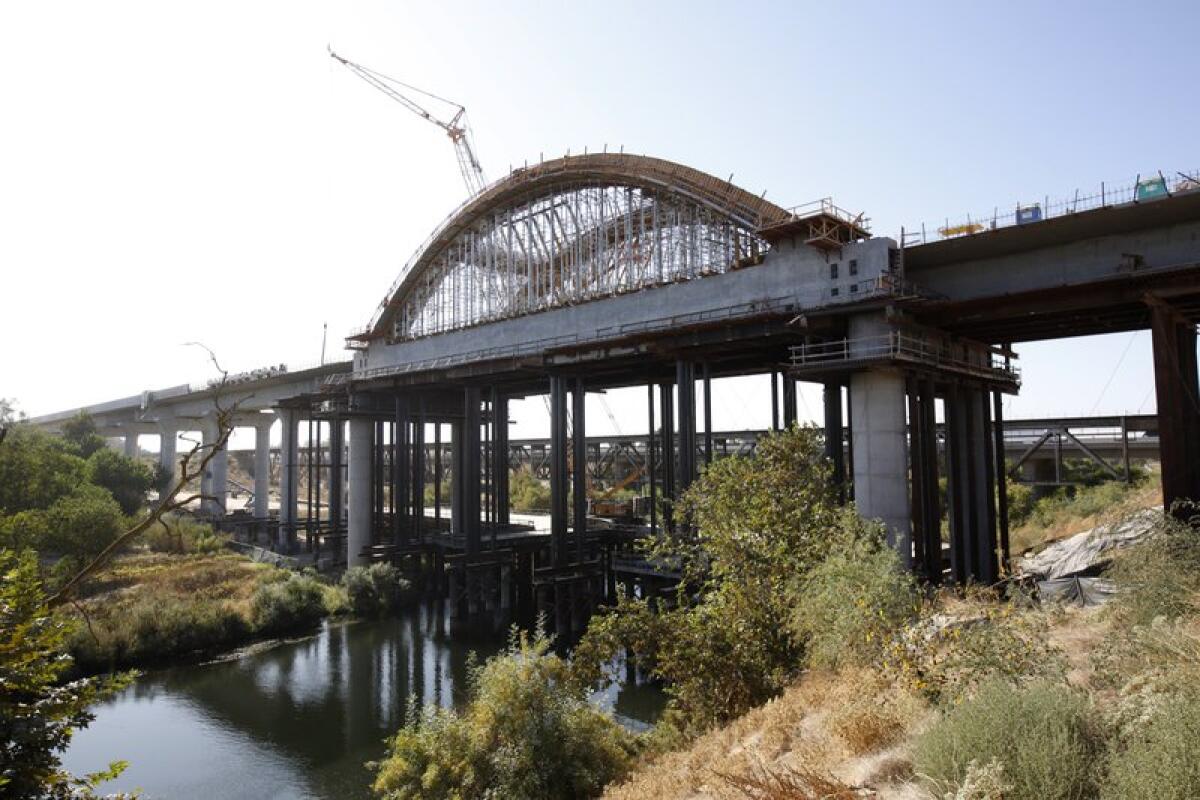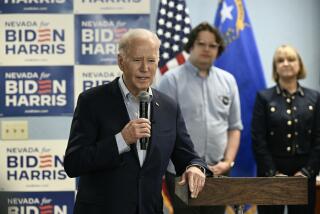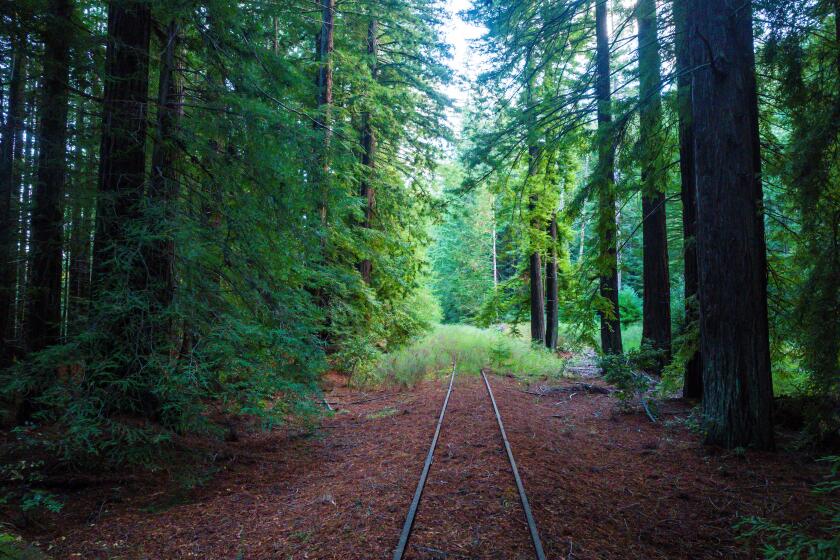California bullet train adds another $1.3 billion to projected price tag

The California High-Speed Rail Authority on Wednesday bumped its overall cost estimate for completing the rail line between Los Angeles and San Francisco to $80.3 billion, blaming inflationary increases and better cost projections for a $1.3-billion boost that still is smaller than in previous years.
After years of embarrassing cost overruns and delays, managers of California’s ambitious bullet-train project insisted that they are on pace to meet a preliminary 2022 federal deadline for laying track along the first segment in the Central Valley.
But that will use up virtually all the money the project has available.
The authority’s latest business plan comes amid unrelenting pressure from state lawmakers, some of whom want to peel off more of the money to help commuters in the city’s population centers. The 168-page report attempts to counter those critics by emphasizing the $3 billion already going to so-called bookend projects in the Los Angeles and San Francisco Bay areas.
It also tries to make the case that building first in the Central Valley remains more efficient than the alternatives.
“We continue to make investments in all three regions of the state,” said Brian Kelly, the project’s chief executive, adding that “California is further along than I think a lot of people think.”
The cost increase is mainly because the plan pushes back the completion of a high-speed rail link between Silicon Valley and the Central Valley by 18 months, to late 2031.
The increase in the projected baseline cost is smaller than previous jumps, with Kelly calling it ”virtually unchanged” and within the ranges of recent previous estimates. The 2016 business plan estimated the project would cost $64 billion. The authority raised that to $77 billion in the 2018 business plan and added $2 billion to the estimate just last year.
The new plan continues to project that the entire Los Angeles-to-San Francisco route will be running by 2033 — a quarter-century after California voters first approved it — “assuming funding is available when needed.”
The draft business plan, which is released every two years, projects that managers can meet the more urgent federal deadline in two years.
By then the state must have 119 miles completed, with track on the ground. It must also have environmental clearance for all 520 miles to meet its deadline to use $3.5 billion that the state won under the Obama administration to build an initial segment of track in the Central Valley.
“We are on track to do that. It’s going to be hard, no question about that,” said authority spokeswoman Melissa Figueroa. “But we have plans in place and everyone is focused on getting that done.”
California is suing to block the Trump administration from withdrawing a $929-million grant for the project on the grounds that the state isn’t making enough progress toward the deadline.
Beyond that, the plan calls for expanding to 171 miles connecting Merced, Fresno and Bakersfield, which it calls “three of the fastest growing areas in California.” It calls for testing electrified high-speed trains by 2025 and putting those trains into service by 2028-29. From Merced, passengers could connect to existing rail services to the Bay Area, but those heading to Los Angeles would have to take a bus.
A plan is quietly gaining support to truncate California’s troubled high-speed rail construction project in the Central Valley and spend some of the remaining billions of dollars in Southern California and the Bay Area.
State Assembly Speaker Anthony Rendon (D-Lakewood) is among lawmakers who last year called for shifting more of the high-speed rail money to urban areas.
But the draft plan says that sticking to the Central Valley plan brings the highest speed (up to 220 mph), the largest ridership and revenue increases, the most traffic congestion relief and the greatest air quality benefits over competing options.
“We don’t think that now is the time to turn back,” Kelly said.
The final plan will be sent to state lawmakers by May, after public comments and legislative hearings.
The currently projected available funds are only about a quarter of what’s needed to complete the full project.
The draft plan once again calls for the Legislature to allow the authority to borrow money for construction against the state’s carbon cap-and-trade program that raises money from companies that release greenhouse gases. The same recommendation was in the 2018 final plan.
The plan still includes no commitments from the private sector, although authority officials say they are encouraged by other private proposals, including building a 180-mile high-speed train link between Las Vegas and Southern California, and are working closely with developer Virgin Trains USA.
More to Read
Start your day right
Sign up for Essential California for news, features and recommendations from the L.A. Times and beyond in your inbox six days a week.
You may occasionally receive promotional content from the Los Angeles Times.





